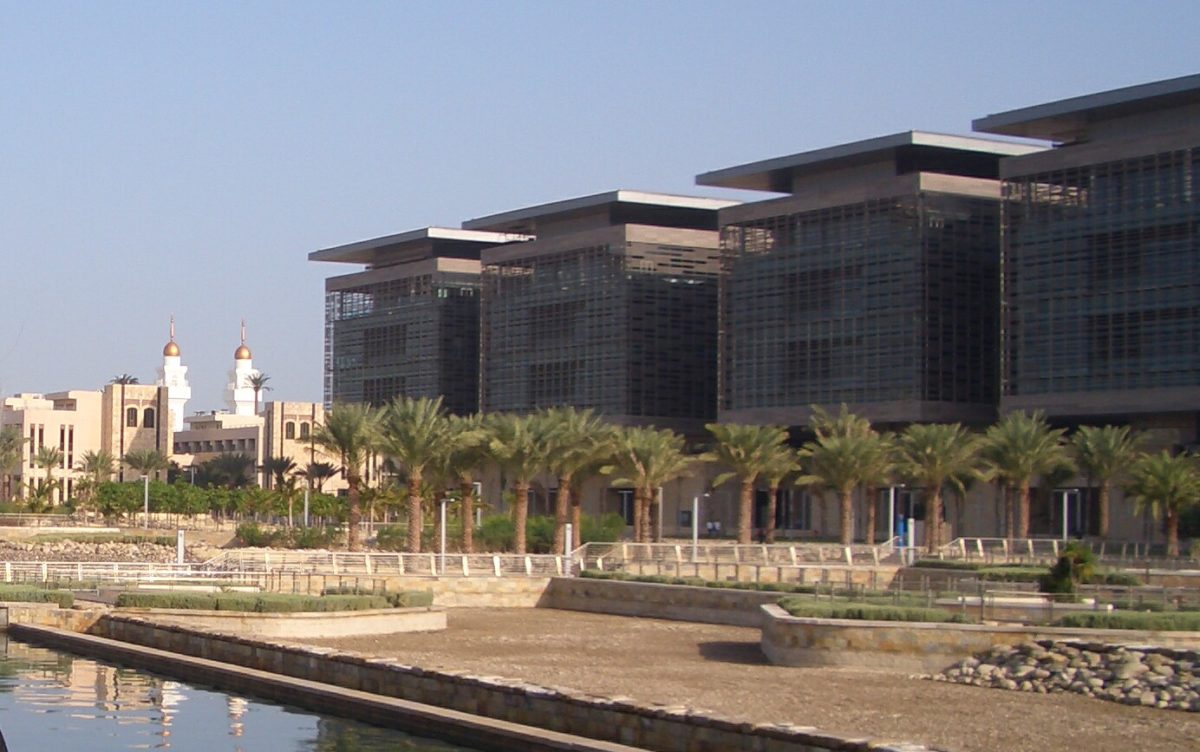Temperature has long been an underappreciated characteristic in module performance, since the gains from installation in a hot, sunny location have been seen to outweigh the potential losses from elevated module temperature. However, much of the light that hits a PV module is lost as heat, and this heat can have an adverse effect on performance. “All solar cells generate heat, which can lower the electrical output and shorten the module lifetime,” says Lujia Xu, a postdoc researcher at Saudi Arabia’s King Abdullah University of Science and Technology (KAUST). “Panels can regularly reach 60-65 degrees Celsius, but heat's impact on LCOE rarely receives much consideration.”
As power plant monitoring becomes more sophisticated, and further increases in conversion efficiency (PCE) at cell or module level seem harder to come by, the industry is now looking more closely at mitigating the effects of heat in PV modules as a route to improving performance.
Xu and a team of scientists at KAUST sought ways to better take the role of heat into account when measuring PV module performance, and even when calculating the economics of a solar power plant. The group developed a model that translates gain from reduced temperature to the equivalent in power conversion efficiency, which the group says offers a more comparable approach for those working on new cell and module technologies. “Whereas the temperature-dependent LCOE speaks to those working at system level, [our equivalent ratio] provides technologists working at the module and cell level with a more tangible metric,” states the group. “Once the cell PCE is approaching a practical upper limit… work on the control and mitigation of module temperature can be equally or even more significant than costly marginal gains in PCE.”
Calculations made by the group find that lowering module temperature by around three degrees Celsius could bring about the same improvement to levelized cost of electricity (LCOE) at project level as a 1% increase in module efficiency. Findings also show that reducing operating temperature can also greatly increase a module’s lifetime. “A 4 degrees Celsius decrease in module temperature would improve the module time to failure by more than 50 percent, and this improvement increases to over 100 percent with a 7 degrees Celsius reduction,” says Xu. Full details of the model can be found in the paper Heat generation and mitigation in silicon solar cells and modules, published in Joule.
Cooling strategies
Applying this model to various PV technologies and installation environments, the group found that the most practical way to lower module temperature is by selecting a site with plenty of wind, and a mounting system that enables heat transfer via convection.
In the future, module designs could start to better incorporate cooling strategies. Xu notes that the strong heat absorbance of EVA encapsulants is an area where improvements could be made and that tandem cell concepts, with the ability to absorb wider parts of the light spectrum, present a promising path to both reducing thermal losses and increasing efficiency. “Our results show that researchers should pay more attention to module temperature,” says KAUST associate professor Stefaan De Wolf. “Because crystalline silicon solar-cell efficiency is approaching the practical upper limit, it is timely to consider other ways to decrease the LCOE, which might be even more significant than further marginal gains in cell efficiency.”
This content is protected by copyright and may not be reused. If you want to cooperate with us and would like to reuse some of our content, please contact: editors@pv-magazine.com.




7 comments
By submitting this form you agree to pv magazine using your data for the purposes of publishing your comment.
Your personal data will only be disclosed or otherwise transmitted to third parties for the purposes of spam filtering or if this is necessary for technical maintenance of the website. Any other transfer to third parties will not take place unless this is justified on the basis of applicable data protection regulations or if pv magazine is legally obliged to do so.
You may revoke this consent at any time with effect for the future, in which case your personal data will be deleted immediately. Otherwise, your data will be deleted if pv magazine has processed your request or the purpose of data storage is fulfilled.
Further information on data privacy can be found in our Data Protection Policy.